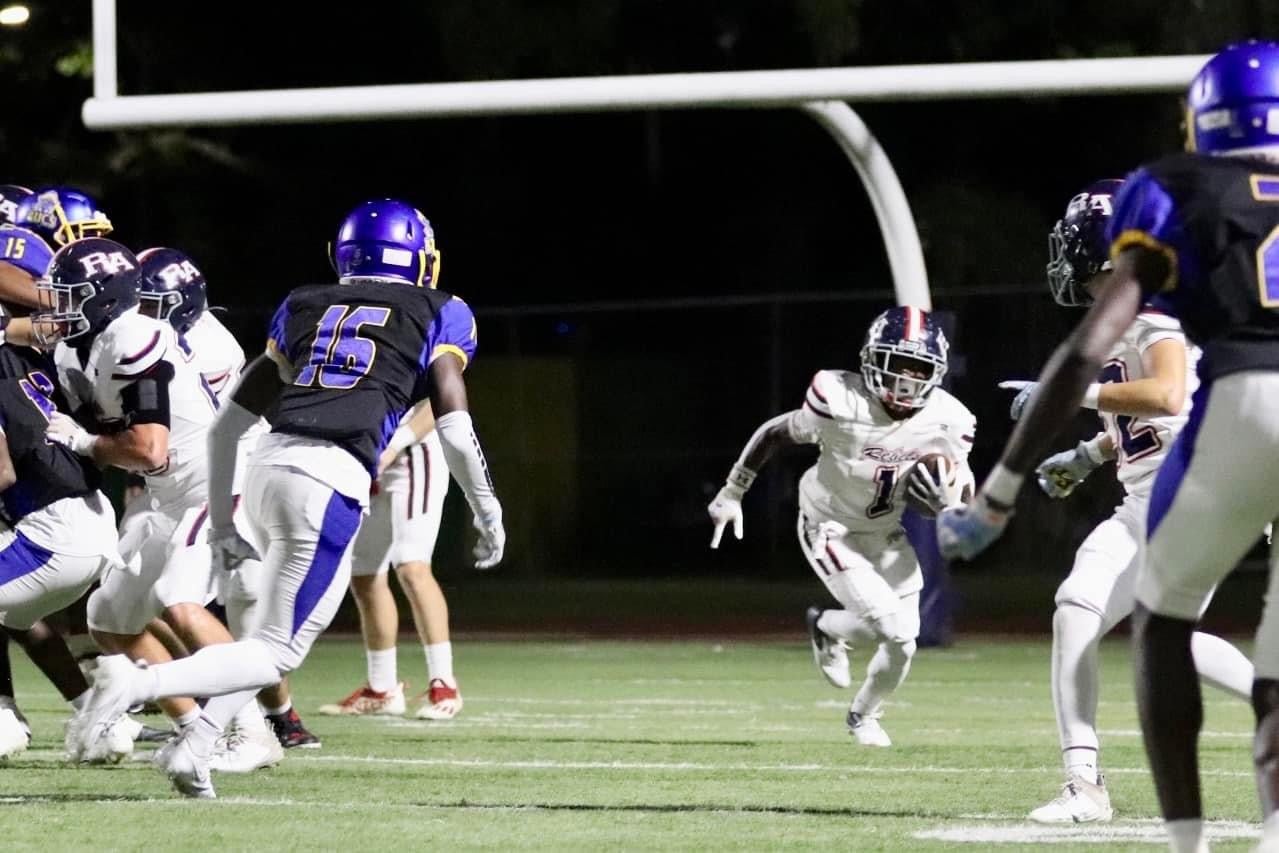OUTDOORS: Hypothermia a danger to outdoorsmen
Published 12:00 am Tuesday, January 21, 2003
By DON DUBUC
What a coincidence! That the coldest temperatures associated with this Arctic blast come the weekend the West Zone for duck hunting shuts down and with only one week to go in the East.
No doubt hunters frustrated by the second consecutive poor waterfowl season will be out in force in hopes this deep freeze will finally push some birds down South.
Fishing is a 12-month sport (yeah, some of us even fish in January and February) around here so even though it is an extremely dangerous time to be out on the water, sportsmen will be there. This danger to hunters and fishermen is invisible and silent, making it all the more insidious.
It is called hypothermia and this weekend’s conditions make it an excellent time to think about preventing it. And hopefully not, but if necessary, how to deal with it.
Hypothermia is a deadly part of being in the outdoors, not only when temperatures are frigid but also when water and wind are factors. Also known as “exposure,” hypothermia simply put is as its Greek name implies. “Hypo” meaning under and “thermia” meaning heat, a condition of loss of body temperature.
Hypothermia has three recognizable stages, each relating directly to body core temperature.
At 95 degrees the human body responds involuntarily with uncontrollable shivering in an attempt to generate warmth at the expense of energy. When body temperature reaches 90 degrees, the victim’s thinking becomes impaired, speech slurred and will in time, tire to the point of sleep followed by unconsciousness. If the body core temperature drops below 85 degrees, death will eventually occur.
In other words, hypothermia victims literally “cool to death.”
Although occurring both on land and in water, the hypothermic stages progress at a rate some 30 times faster in water than in air. Due to its chilling effects, wind speed is also a determining factor in hypothermia cases. Hypothermia certainly occurs in northern climates, however, when one considers the vast network of bayous, the rivers, marshes, lagoons, bays, lakes in the Bayou State.
And, of course, the Gulf of Mexico along with the popularity of outdoor sports here, it comes as no surprise that lives are lost each year to hypothermia in Louisiana.
While most hypothermia cases are the result of accidents related to duck hunting and fall and winter fishing, it can occur whenever water temperatures drop below 72 degrees and incidents have been reported 12 months a year.
While an awareness and understanding of hypothermia resulting in care in avoiding accidents while boating in extremely cold weather are certainly the best preventive, certain protective clothing and quick, decisive, live-saving activities can greatly reduce the mortality rate should an accident occur.
The use of wool clothing because of its quick-drying properties and Holofil, which traps body heat in small pockets, will increase the time taken for the body to lose its heat. A hat or cap, particularly one that is insulated, is extremely important in preventing the rapid loss of body heat through the head, which normally occurs.
Life jackets become even more important as the shock of hitting freezing water has a paralyzing effect on the body, leaving even the best of swimmers helpless. It will also help prevent the expense of precious energy burned while swimming or treading water during the wait for help to arrive.
Even if no one is aware of your precise location, help will eventually arrive. It is always a good idea to let someone know exactly where you plan to fish or hunt. This can save precious amounts of time that could mean the difference in life or death. Cold, wet and wind are the factors in determining how long you can survive and by reducing the effects of each, the chances of surviving are much greater.
Dry clothing is essential, if you get wet, remove the clothing, dry it as best you can and put it back on, even soggy clothing retains some body heat. By stuffing clothing with marsh grass you are actually insulating the body’s warmth. Some hypothermia victims have survived by packing their bodies in marsh mud.
Fire, of course, if one can be made, will provide heat as well as a signal for searchers. Anything that can be used as a windbreak such as a flatboat or pirogue can reduce the chilling effects of a stiff north wind. If only one party member is suffering from hypothermia, body heat can be transferred from another person by contact in a sleeping bag or blanket. DO NOT give victims alcoholic beverages. Although they give a false sense of warmth, alcohol, a depressant, actually accelerates the effects of hypothermia.
Above all, remain calm and mentally alert and maintain a positive attitude that help will eventually arrive. The will to survive is as important, if not more, than the actual physical condition.
Once a victim has been found or brought to safety, the treatment for hypothermia is simply to reverse the cooling process and restore the normal body temperature.
Whenever possible, professional medical attention should be sought. If this is not available within a reasonable amount of time or enroute to a physician, all wet clothing should be removed and external heat applied to the central core of the body including head, neck, sides and groin in the form of towels moistened with 110-degree water.
As the body temperature rises, warm liquids can be administered (never give liquids to an unconscious victim) and blankets applied to retain the body’s own heat. The length of time a person can survive with low body temperatures varies greatly.
One young man was revived with no ill effects after being submerged in a car on the bottom of a frozen pond for 40 minutes. Although frostbite is commonly associated with hypothermia, often no lasting effects remain.
The best prevention for hypothermia is to be extremely careful not to get wet during extreme weather conditions.
DON DUBUC is the outdoors reporter for L’Observateur.





